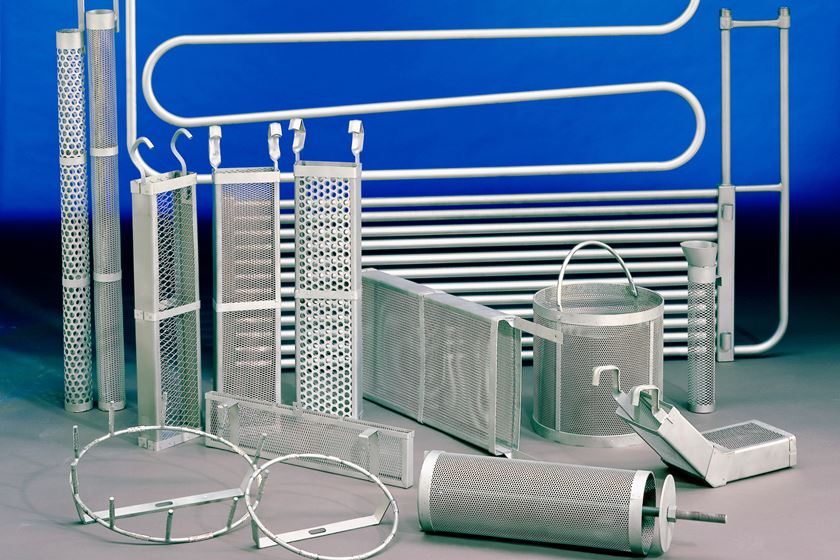More on Masking Machined Surfaces
Question:
In the April issue it was interesting to see that multicolor paints are still alive.
#masking
Question:
In the April issue it was interesting to see that multicolor paints are still alive. If you recall, we spoke about these a few months ago. I also read with interest the question from G.K. “Masking Machined Surfaces” (www.pfonline.com/articles/clinics/0404cl_paint5.html) concerning the protection of machined surfaces before painting. In your answer, you mentioned three possibilities. Perhaps there may be a fourth. Whether this suggestion is valid would depend on the shape of the part to be machined and the intricacies of the machining required. Without knowing these details, it is difficult to know if painting before machining is feasible. Perhaps modified product handling and a coating that will withstand the cutting solutions may be an approach to explore. This would solve their problem since the parts could be rinsed, dried and assembled before any corrosion could take place. I used to supply a job shop that painted raw castings that were used in the manufacture of tables for surface grinders. These tolerances were critical as the table slid on roller bearings and chrome plated guides. Accuracy was essential. These parts were machined after painting. Keep up the great answers. S.B.
Answer:
Thanks for your comments, S. B. It is always a pleasure to hear from you. To put your comments in perspective, I offered the three following solutions, to G. K’s question in the April 2004 Painting Clinic: 1. Mask the machined surfaces before painting. 2. Apply a strippable coating, which can be removed after assembly, to the machined surfaces. 3. Apply a temporary corrosion-resistant coating, which can be dissolved by a solvent before assembly, to the machined surfaces. This solution may work for you if the temporary coating can provide 400 hours salt spray resistance.
RELATED CONTENT
-
Plating Q&A: Can you color stainless steel?
Our expert, Art Kushner, says yes, you can color stainless steel, but it is not a process that is typically performed in a plating shop. Read more about his answer.
-
Powder Coat MDF for an Enviable Finished Product
Cabinet maker says powder coating on wood offers more benefits.
-
Are TGIC-Free Powder Coatings Right For You?
This alternative to TGIC-based polyester powder coatings offers similar performance and enhanced transfer efficiencies.















